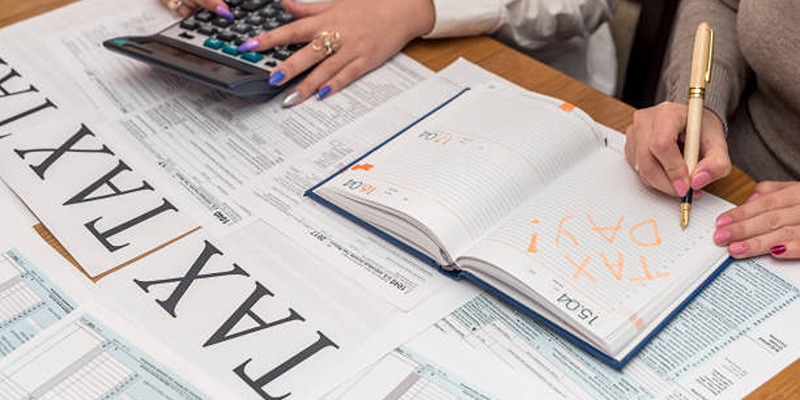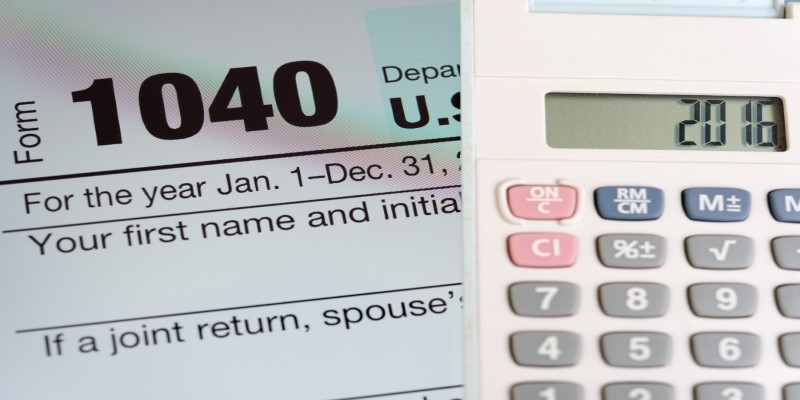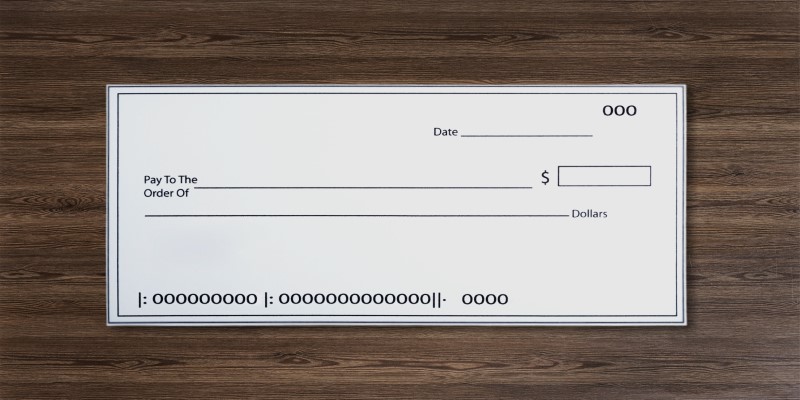1040 Tax Tables Explained: From Finding to Reading Without Stress
Nov 04, 2024 By Rick Novak
Navigating through the labyrinth of tax documentation can often feel overwhelming, especially when it comes to understanding the 1040 tax tables. These tables are crucial for individual taxpayers in the United States, acting as a guide to calculate the tax owed based on their income levels. This guide aims to demystify the process of finding and interpreting the 1040 tax tables, simplifying what can often seem like a daunting task into manageable steps. By breaking down the terminology, outlining where to locate these tables, and providing clear examples of how to read them, this guide is designed to alleviate the stress associated with tax season and empower taxpayers to handle their finances with confidence and ease.
What Are 1040 Tax Tables?
Before diving into the specifics of how to find and read 1040 tax tables, it's essential to understand their purpose. The 1040 tax tables are charts published by the Internal Revenue Service (IRS) that outline the amount of tax owed based on an individual or married couple's taxable income and filing status. These tables are used in conjunction with Form 1040, which is the standard tax form used by individual taxpayers to report their income and claim deductions and credits.
How they fit into the tax filing process?
The 1040 tax tables are part of the larger tax filing process for individual taxpayers in the United States. Once an individual has calculated their taxable income and determined which deductions and credits they are eligible for, they use the 1040 tax tables to calculate their final tax owed. These tables take into account various factors such as filing status, income level, and deductions to determine the tax liability.
Finding the 1040 Tax Tables
With the understanding of what the 1040 tax tables are and their purpose, the next step is to locate them. These tables can be found on the IRS website or in the instructions for Form 1040. Tax preparation software also typically includes these tables as a reference.
Where to find them online?
The easiest way to access the 1040 tax tables is through the IRS website. They can be found under the "Forms and Instructions" section, specifically on the page for Form 1040. The tables are located in Appendix A of the instructions.
Alternative sources (libraries, tax professionals)
For those without internet access or who prefer physical copies, the 1040 tax tables can also be found in local libraries or obtained from a tax professional. Tax professionals often have up-to-date versions of these tables and can provide guidance on how to use them accurately.
How to Read 1040 Tax Tables?
The 1040 tax tables are organized into columns and rows, with each column representing a different filing status (single, married filing jointly, married filing separately, head of household). The rows represent taxable income ranges, starting at $0 and increasing in increments. To find your tax liability, locate the row that corresponds to your taxable income and filing status, then follow that row across to find the corresponding tax amount in the appropriate column. It's important to note that certain deductions or credits may affect the amount of tax owed, so it's essential to consult with a tax professional or utilize tax software for an accurate calculation.
Common Mistakes to Avoid When Using the 1040 Tax Tables:

As with any tax document, there are common mistakes that taxpayers make when using the 1040 tax tables. These include:
- Using the wrong filing status: It's important to choose the correct filing status when determining your tax liability as this can significantly affect the amount of tax owed.
- Not considering deductions and credits: Certain deductions and credits may reduce the amount of tax owed. It's crucial to take these into account when using the 1040 tax tables.
- Miscalculating taxable income: Taxable income is not the same as gross income and can be affected by various factors such as deductions, exemptions, and credits. Make sure to accurately calculate your taxable income before using the 1040 tax tables.
- Using the wrong table: Depending on your filing status, there are different tax tables to use. Make sure to select the correct one for your situation.
By being aware of these common mistakes, taxpayers can ensure they accurately use the 1040 tax tables and avoid any errors in their tax calculations.
Tools and Resources to Help:

Navigating the tax system can be challenging, but there are tools and resources available to assist taxpayers in using the 1040 tax tables correctly. These include tax preparation software, online calculators, and consultations with tax professionals. The IRS also has a wealth of information and resources on their website to help individuals understand and use the 1040 tax tables accurately.
Tips for Stress-Free Usage of the 1040 Tax Tables
To make using the 1040 tax tables less stressful and more efficient, here are some tips to keep in mind:
- Keep all necessary documents organized: Before starting your tax calculations, gather all relevant documents such as W-2s, 1099 forms, and receipts for deductions. This will make it easier to accurately determine taxable income and use the appropriate tax table.
- Double-check your calculations: It's always a good idea to double-check your math and ensure all numbers are correct before submitting your tax return. This can help avoid any errors or discrepancies in the tax owed.
- Understand how deductions and credits affect taxable income: Certain deductions and credits may impact taxable income, so it's essential to understand how these factors may affect the use of the 1040 tax tables.
- Seek assistance if needed: If you're unsure about how to use the 1040 tax tables or have any questions, don't hesitate to reach out for help from a tax professional or utilize online resources provided by the IRS. It's better to seek assistance and ensure accuracy rather than risking errors on your tax return.
Conclusion
The 1040 tax tables are a vital tool in the tax filing process for individual taxpayers. Understanding what they are, how to locate them, and how to use them correctly can help make the tax filing experience less daunting. By following these tips and being aware of common mistakes, individuals can confidently use the 1040 tax tables to accurately determine their tax liability and fulfill their tax obligations. So, it is essential to be familiar with these tables and use them accurately to avoid any errors or discrepancies in tax calculations. With the availability of resources and assistance, taxpayers can navigate this process with ease and ensure a stress-free tax filing experience.

Treasury Notes Explained: The Secret Behind Your Mortgage Rate

How a Tax Incidence Works?

What is Retirement Planning? Understand When to Start Your Pension

The World of Kids' Allowances: A Parent's Guide to Financial Planning

Form 1040 Made Easy: Your Roadmap to Tax Compliance

Understanding the Ins and Outs of Check Endorsements: A Handy Guide

What to Know About E-Filing Your Tax Return: Safety, Benefits, and Considerations

A Comprehensive Guide to Finding and Buying Off-Market Listings

Understanding Form 1099-A: What You Need to Know About Foreclosure and Taxes

